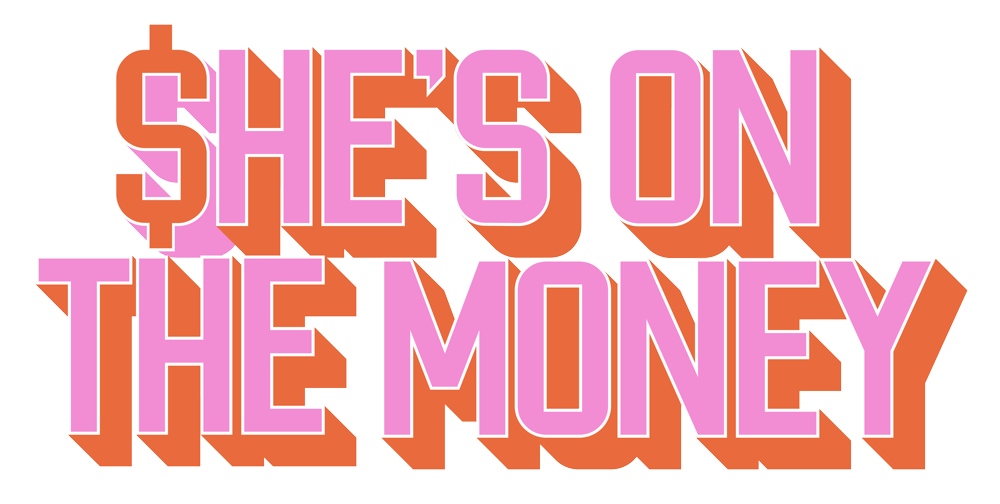The economic impact of COVID-19 in Australia
Anxiety is peaked across the globe right now, with COVID-19 impacting our lives in unprecedented ways. While preserving public health and safety is our first priority, it’s important we address the concerning state of the economy and discuss how you can protect your own financial position.
On Sunday night Australian Prime Minister Scott Morrison announced the first stage of a nationwide shutdown, effective from midday March 23rd, in attempt to halt the spread of COVID-19.
With this shutdown comes the closing of multiple businesses including clubs, pubs, gyms, entertainment and sporting venues, cinemas, casinos, churches and other places of worship. Restaurants and cafes are to provide takeaway options only.
The measures are believed to be in place for the next six months and rightfully, many are stressed about the safety of their jobs and the survival of their businesses.
To clarify the financial assistance that may be available to you, we’ve put together a breakdown of the Government’s $66 billion second stimulus package, without the jargon but still with the important bits you need to know.
THE GOVERNMENT’S $66 BILLION
SECOND STIMULUS PACKAGE
There are three parts of the new proposal, building on the first $17.6 billion stimulus package announced over a week ago. Each part is designed to support households including casuals, sole traders, retirees and those on income support – the package will also provide assistance for businesses to keep their teams employed, as well as regulatory protection and financial support so that vulnerable Australian businesses can stay in business.
PART ONE OF PACKAGE
The JobSeeker allowance will double through the introduction of a temporary ‘coronavirus supplement’ (an extra $550 a fortnight on top of existing payments – anyone eligible for the maximum JobSeeker payment will receive more than $1100 a fortnight).
The Government will waive the assets test and waiting periods for the JobSeeker allowance so Aussies can access the support they require sooner; this allowance will also be available for sole traders and casual workers who meet the income test.
From July 13 a further $750 payment will be provided to those on income support who are ineligible for the coronavirus supplement (including those receiving the Age Pension, Carer Allowance, Family Tax Benefits and the Commonwealth Seniors Health Card.) This will impact around 5.2 million Australians.
Reducing deeming rates (the amount the Gov deems people to have earned from their investments when it calculates their pensions) by a further quarter of a per cent to reflect the recent Reserve Bank interest rate cuts.
From April, those affected will have access to their superannuation capped at $10,000 this financial year and a further $10,000 next financial year. These will be tax-free withdrawals. This offer is available for those who are eligible for the coronavirus supplement as well as impacted sole traders who have experienced a fall in income by 20% or more as a result of the coronavirus. Applications can be completed online via a simple declaration to the tax office. We strongly recommend that if you are going to consider this option you first discuss it with a financial adviser. The long-term impact of taking money out of superannuation needs to be taken into consideration here - it’s not just a $20,000 financial decision - it’s more like a $130,000 one further down the track.
Greater flexibility for retirees over their Super – currently they are required to draw down a minimum of 4% a year from their Super. The Government is halving this requirement to 2% for this year and next – so they have more power in the management of their assets.
PART TWO OF PACKAGE
A massive scaling up of support for small and medium-sized businesses across the country, increasing cash payments to boost their cash flow, and to keep workers employed.
All employing businesses will receive at least $20,000 and some larger businesses will receive up to $100,000 – extending this measure to around $30,000 for non-for-profit organisations who have an annual turnover of less than $50 million. This will be automatically paid through the tax system, with the first payment coming after the 28th of April.
Over the course of the last week, $105 billion is being injected into the financial system by the Government and the RBA, with the intention of lowering the cost and increasing the availability of credit, particularly to small and medium-sized businesses.
The Government is also guaranteeing (in a 50/50 partnership with the banks and other lenders), more lending to small and medium businesses – this is a 40 billion dollar scheme to commence in early April that will provide loans of up to $250,000 for up to three years for a business with a turnover of less than 50 million, and no repayments required for the first six months.
THIRD PART OF PACKAGE
To provide a regulatory shield for previously profitable and viable businesses that are now under severe financial pressure
An increase to the threshold at which a creditor can take action to initiate insolvency or bankruptcy from as low as $2000 to $20,000.
They will also give companies and individuals 6 months instead of 21 days to respond.
They will provide relief for directors from personal liability where a company is trading while insolvent – to be provided over next 6 months.
There are developments across the nation happening so frequently it’s hard to keep up, but for the latest government announcements, head to https://treasury.gov.au/coronavirus. For information on how to stay calm during this time, read our recent blog post here.
